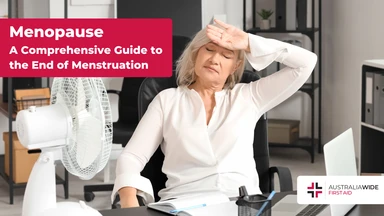6 Steps to Make Your Home More Elderly Friendly


By 2025, the number of over-65 year olds will exceed the number of under-14 year olds, according to predictions from the Australian Human Rights Commission, with both male and female populations typically living up to 80 years of age.
Australia’s elderly population is notably on the upsurge, according to the Australian Institute of Family Studies, with the highest concentration of elderly in Tasmania, South Australia, and New South Wales.
Considering these statistics for one of Australia’s key demographics, questions that need good answers incude:
Part of the answer lies at home. Most elderly Australians choose to remain at home and live as independently as possible.
Only a quarter of the population aged 85 years old and over checks into community homes.
The desire to stay in their homes, or in that of their children's, also means that proper care needs to be available.
When you pledge your support for an elderly relative, you will be in the position of the caregiver.
The responsibilities will be shared between you and usually a doctor. But you will take charge to make sure the home is comfortable and conducive for its elderly resident.
To help you make the home more elderly-friendly, the following checklist also includes recommendations for people to work with.
When you succeed in making your home more elderly-friendly in this way, you will be helping them to age gracefully and you'll be doing so without regrets.
We found some very useful renovating tips in this article:
Sources:
March 25, 2025
Explore non-traditional paths to sobriety, including mindfulness, yoga, nutritional therapy, and community-based support, for a personalized approach to recovery.

September 7, 2022
Menopause is the final period, when a woman, trans man, or non-binary person assigned female at birth's ovaries run out of eggs and the body can no longer ovulate. Menopause comes with several symptoms, complications, and treatment options.

July 26, 2024
Transcutaneous Electrical Nerve Stimulation (TENS) is a therapeutic method of pain relief. It utilises an electrical device that emits electrical currents and streams the impulses via electrode patches attached to the skin.